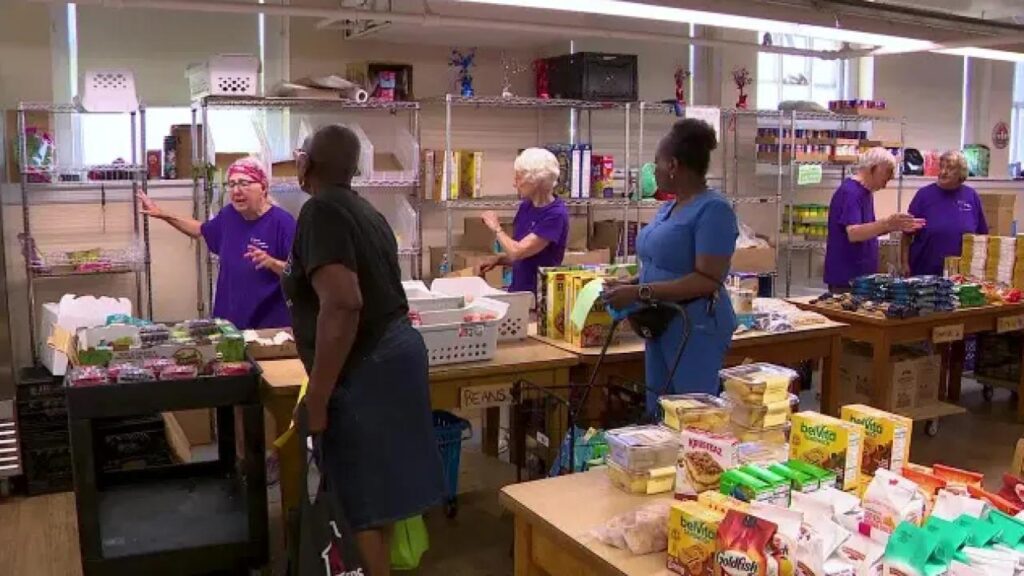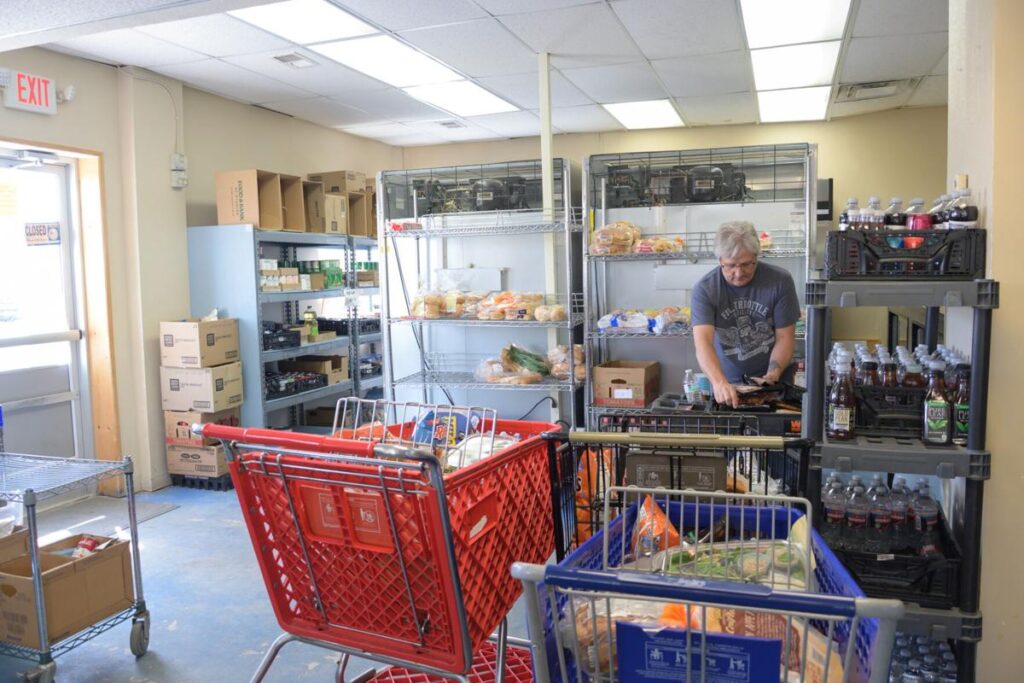Ohio food banks are warning loud and clear: proposed SNAP cuts this summer threaten to trigger a hunger crisis for around 1.5 million Ohioans. With federal support drying up, pantries across the state are scrambling to fill the gap — and they can’t do it alone. In this article, we’ll explore who’s at risk, what’s happening on the ground, and how the ripple effects reach far beyond empty plates—impacting families, local stores, and state budgets.

Ohio Food Banks Sound the Alarm
| Insight | Stat |
|---|---|
| SNAP cuts ≈ $300 b by 2034 | 30% reduction in SNAP funding |
| Child food insecurity in Cuyahoga County | 26% of children |
| SNAP meal loss > food bank capacity | Cuts = 9.5 b meals ≈ 58% more than Feeding America distributes |
Ohio stands at a dangerous crossroads this summer: cutting SNAP doesn’t just empty plates — it weakens communities, strains local businesses, and deepens economic insecurity. Food banks do remarkable work, but they can’t do it all. Preventing hunger requires protecting SNAP—especially now, when families and kids need it most.
What’s Driving These Cuts?
At the center of the storm is the “One Big Beautiful Bill,” a massive federal budget proposal championed by former President Trump. If passed by the Senate, this legislation would slash $300 billion from the Supplemental Nutrition Assistance Program (SNAP) over the next decade.
Ohio stands to lose roughly $473 million annually in SNAP benefits unless the state shoulders the cost to maintain coverage — a move many lawmakers say is fiscally unworkable.
The View from the Ground
“Food banks will still have food… but you’ll start to see a heck of a lot less food, or pantries and agencies closing,” said Matt Habash, CEO of the Mid-Ohio Food Collective, in a recent Reuters interview.
The numbers back him up. Mid‑Ohio’s buying power has dropped 22% since earlier federal cuts. Meanwhile, local pantries — like one in Stockport, Ohio — have already reduced mobile food box items due to lower federal stockpiles.

Who’s Hit Hardest?
The people most affected by these changes are often the least visible: seniors, veterans, children, and low-income workers. In Cuyahoga County, nearly 1 in 4 children already lives in a food-insecure home. For many, SNAP isn’t a luxury — it’s how they eat each day.
According to Ohio data, 35% of SNAP recipients are employed but still rely on food assistance. Proposed federal changes could disqualify many by tightening work requirements or eliminating hardship waivers — especially harmful for rural and disabled residents.
Economically, this ripples out. SNAP dollars circulate fast, with every $1 generating about $1.50 to $1.84 in local spending — including at over 10,000 Ohio retailers.
Why Food Banks Can’t Pick Up the Slack
Even the best-run food bank network can’t match the efficiency of SNAP. Feeding America estimates the proposed cuts represent a shortfall greater than 58% more meals than their entire network provides annually. That’s like trying to replace Niagara Falls with a garden hose.
And I’ve seen this firsthand. While reporting in Franklin County last month, I spoke with pantry volunteers who were weighing whether to cut back produce or protein next week. Their hearts are huge — their budgets aren’t.
State & Local Responses
Some Ohio lawmakers are considering mitigation measures like embedding chip tech in EBT cards to fight fraud and refunding victims of benefit theft. But none of these offset the federal losses.
Advocacy groups, including the Ohio Association of Food Banks and the Mid‑Ohio Food Collective, are lobbying hard in D.C. for the Senate to reject the House version of the bill.
On the ground, communities are responding with food drives, volunteer pushes, and creative solutions like community greenhouses. But as one pantry leader told me: “We’re using Band-Aids for a broken leg.”
What’s Next?
The Senate is expected to vote on the bill shortly after the Fourth of July recess. If passed without changes, SNAP recipients could see benefit reductions starting in October 2025. Concerned Ohioans are being urged to:
- Call U.S. Senators like J.D. Vance and Sherrod Brown
- Donate or volunteer with local food banks
- Support policies that protect food assistance access
FAQs
What’s the current status of the cuts?
The bill passed the House in late May and is under review in the Senate. A final vote is expected shortly after July 4.
Could Ohio prevent the cuts?
Not fully. While the state can try to cover part of the shortfall, the $473 million annual gap is too large for Ohio to handle alone.
How can I help?
Call your Senators, volunteer at local pantries, or donate. Every action counts — but federal pressure is key.






